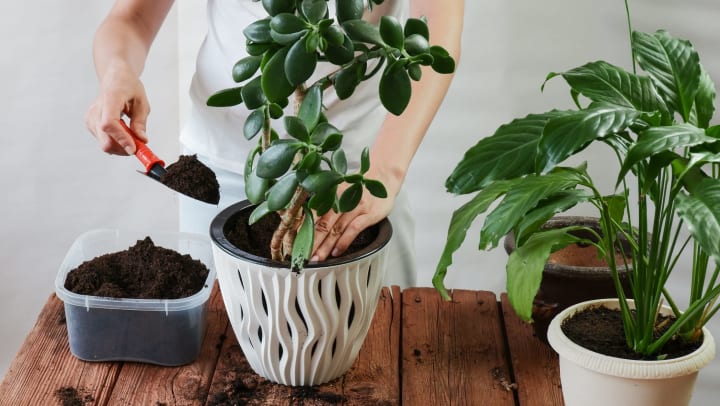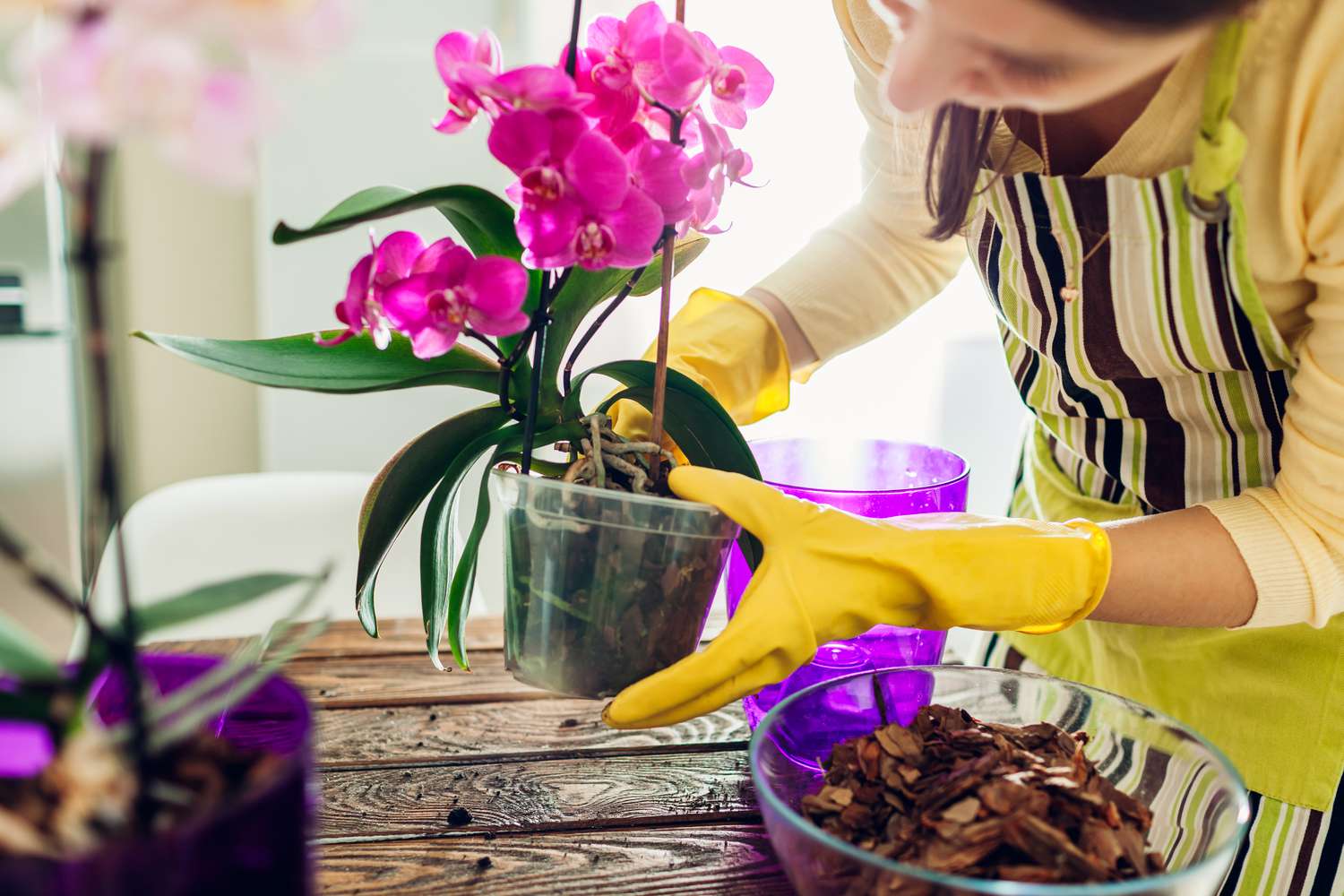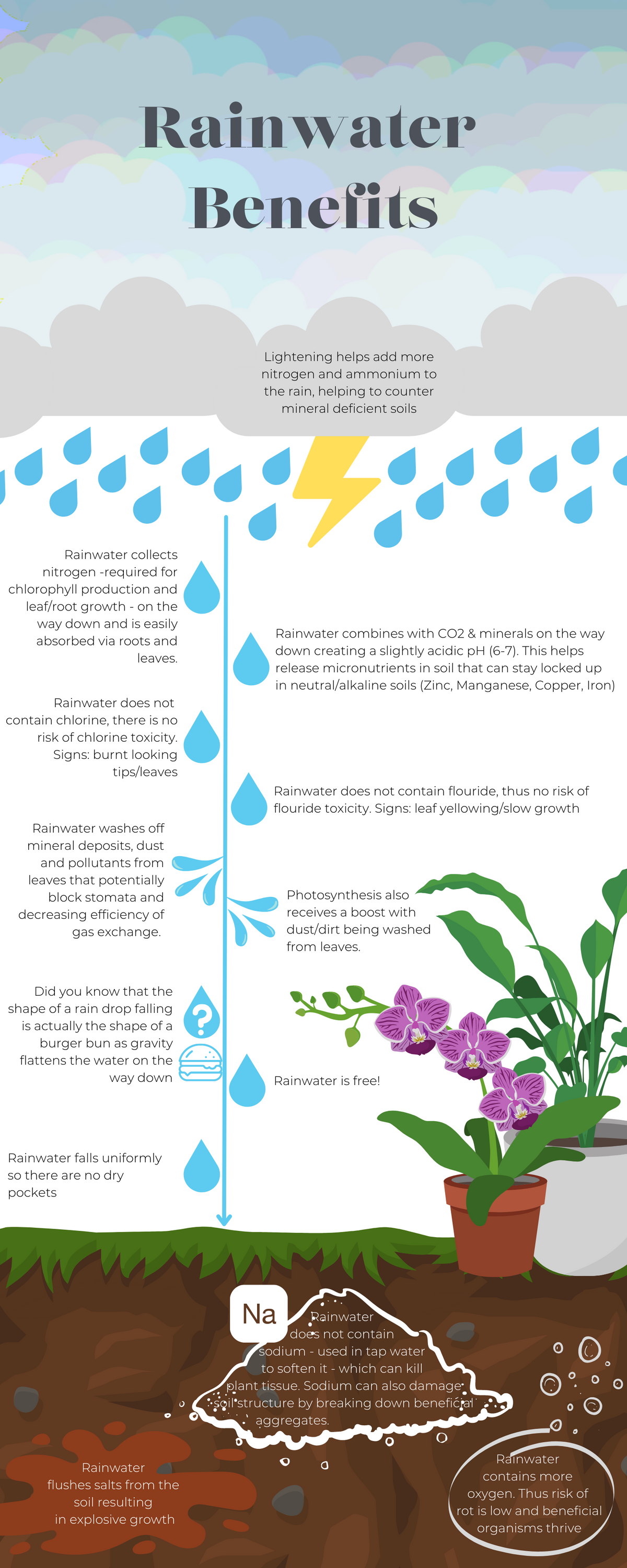How to Repot a Plant Without Stressing It?
Repotting a plant can be a stressful experience for both the plant and the gardener. However, with the right techniques and careful handling, you can successfully repot your plant without causing too much stress. Here are some tips to help you through the process:
1. Choose the Right Time
It is important to choose the right time to repot your plant. The best time to repot a plant is during its active growing season, which is typically in the spring. Avoid repotting during the plant’s dormant period, as it may not recover as quickly.
2. Prepare the New Pot
Before repotting your plant, make sure you have a new pot ready. The new pot should be slightly larger than the current pot to allow room for growth. Ensure that the new pot has drainage holes at the bottom to prevent waterlogging.
3. Water the Plant
Watering your plant before repotting can help loosen the root ball and make it easier to remove from the pot. Water the plant thoroughly a few hours before repotting to ensure that the soil is moist but not soggy.
4. Gently Remove the Plant
To remove the plant from its current pot, gently tip the pot on its side and carefully slide the plant out. Avoid pulling on the plant or its stems, as this can damage the roots. Gently massage the pot to loosen the roots if needed.
5. Inspect the Roots
Once the plant is out of the pot, inspect the roots for any signs of disease or rot. Trim any damaged or dead roots with a clean pair of scissors or pruning shears. This will help promote healthy growth in the new pot.
6. Add Fresh Soil
Fill the bottom of the new pot with fresh potting soil, making sure to spread it evenly. Place the plant in the center of the pot and fill in the gaps with more soil. Gently pat down the soil to secure the plant in place.
7. Water and Prune
After repotting, water the plant thoroughly to help settle the soil and hydrate the roots. Prune any dead or damaged foliage to encourage new growth. Place the plant in a bright, indirect light location to help it recover.
8. Monitor and Care
Monitor your plant regularly after repotting to ensure that it is adjusting well to its new pot. Keep the soil moist but not waterlogged, and fertilize as needed to promote healthy growth. With proper care, your plant will thrive in its new home without any stress.
By following these tips, you can successfully repot your plant without stressing it. Remember to be patient and gentle throughout the process to ensure the best outcome for your plant. Happy gardening!



